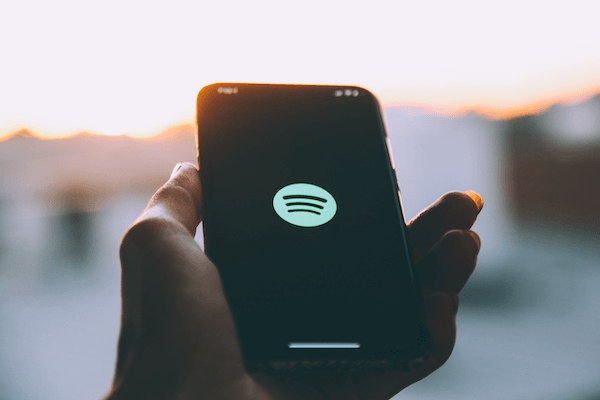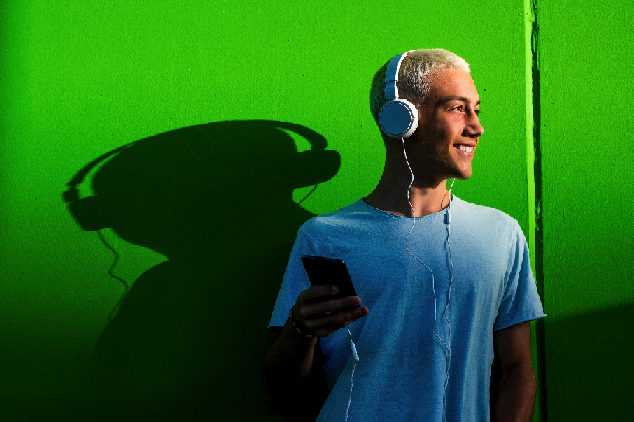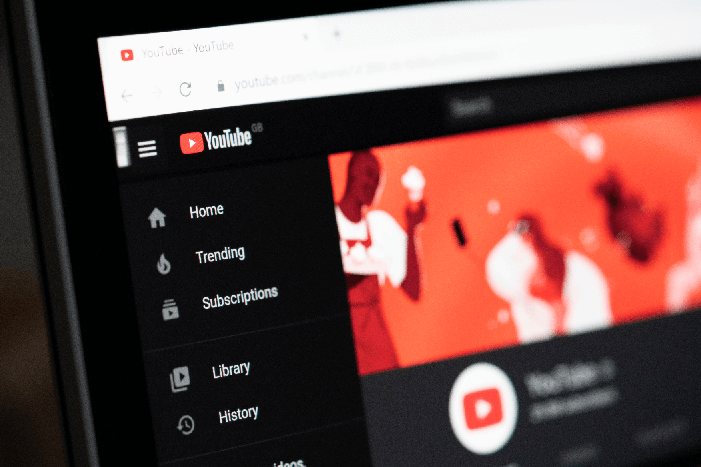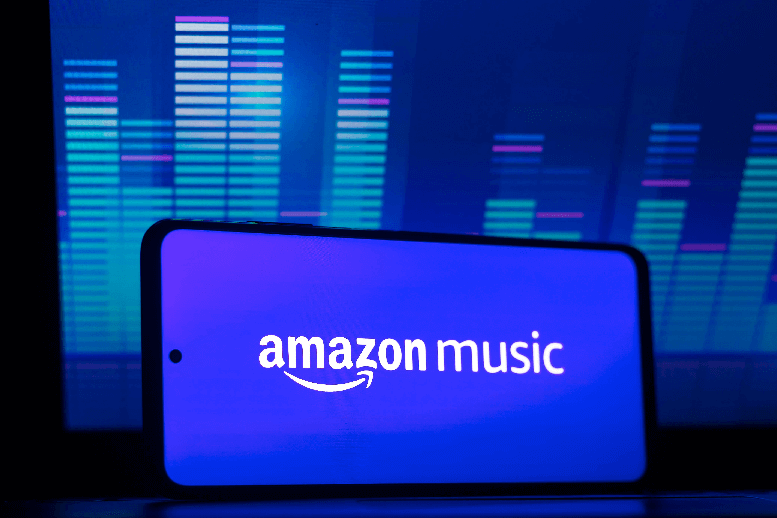According to Music Business Worldwide (MBW), Spotify’s new plan is scheduled to go into effect in early 2024 and centers on three key areas: annual streams, fraudulent practices, and non-music tracks. The implementation of these changes together create two tiers of licensing payouts for independent artists.
The Current Artist Payment Model
The other set of artists are independent. They are more likely to work with a distributor to get their music onto platforms like Spotify, Apple Music, Amazon, etc. While Spotify guards payout rates closely, these artists earn somewhere between $0.003 to $0.005 per stream, on average.
Upcoming Changes
So what changes is Spotify looking to implement and how dramatically will it change the way it pays artists? There are three major changes as follows:
Minimum Annual Streams
Per the new rules, a song will need to be played a certain number of times in a given year. Spotify is not releasing the actual magic number, which likely means it will fluctuate from year to year depending on Spotify’s total number of streams or total number of tracks on the platform.
Minimum Length of Non-Music Tracks
Under the current model, listening to five minutes of these 31-second tracks would be the same as listening to an artist’s 10-song album. That’s because ten 31-second streams is the same as ten 3-minute streams.
To address this problem, Spotify will enforce length requirements on what they classify as ‘non-music noise content.’ Again, Spotify is not making the exact length requirement public.
Cracking Down on Fraudulent Practices
But what schemes are we referring to here? Basically, any time Spotify finds content on its platform is being played not because a user wishes to hear it but because it’s being asked to do so repeatedly. These are known as streaming farms and they can employ people or AI to artificially bump the numbers of their clients.
Beginning the first quarter of 2024, in addition to pulling content off the platform, Spotify will also fine distributors it suspects of using these and other illegal practices. This financial punch could then lead to artists losing access to streaming platforms through no fault of their own.
Why Is Spotify Doing This?
According to Rolling Stone, streaming fraud potentially costs artists and labels $300 million per year. By penalizing distributors and creating non-musical content length requirements, they are decreasing losses, recouping some of what’s already been lost, and making unethical artists and distributors think twice before engaging in shady practices.
As for requiring minimum streams per year, Spotify is directly minimizing the number of payouts they make to less popular artists. According to Music Business Worldwide, 42% of tracks on streaming platforms had less than ten streams on all platforms combined. By ensuring a minimum amount of streams before payout, Spotify will minimize the effort and cost associated with what it considers micro-payments.
Golda Bitterli, Vice President of Sales at Revelator, a digital music distribution platform, said the following:
“In broad terms, I believe the shift towards a payment model that prioritizes artists within Digital Service Providers (DSPs) is a commendable development. The overarching objective is straightforward yet crucial: ensure that hard working musicians receive a more equitable compensation for each stream and deter bad actors from exploiting music royalties for fraudulent purposes. The efficacy of Spotify and Deezer’s implementation of these new models is yet to be fully realized, but their commitment to such initiatives represents a positive step forward.”
Spotify Is Following the Lead of Others
Spotify is not the first company to do this. In the digital content world, this is fairly normal. Here are some examples:
Other Content Providers
YouTube
Content creators on YouTube are not eligible for payment on their streams until they reach 1,000 followers. Once they hit this threshold, they must either have 4,000 watch hours in the last 12 months or 10 million views of their YouTube Shorts in the previous 90 days.
Meta
Monetizing on Meta requires 10,000 page followers and 600,000 total minutes watched in the last 60 days.
Twitter / X
X (formerly Twitter) is perhaps one of the toughest to break into if you want to monetize your content. As you would expect, it starts with the much-talked-about blue Twitter check. Once you’re a verified Premium user, you must reach over 500 followers and hit 5 million impressions over the past three months.
TikTok
TikTok’s Creator program begins with a 10,000-follower requirement. In addition, you need 1,000 or more views and at least three published posts within the past month.
What About Music Platforms?
And what does that mean exactly? Well, it starts with a classification of professional artists as those who have at least 1,000 streams per month from 500 or more unique listeners. These professional artists will receive a double boost in their royalty payment and receive one boost when listeners actively search for their content — as opposed to finding them through a playlist for example.
This Deezer plan creates a two-tier system between professional artists and “non-professional” artists. Professional artists can receive up to four times what other artists make if they get both boosts on their royalties.
Final Words: Industry Ripples
When Spotify makes a decision, others are bound to follow. And the effects will be felt by not only streamers and artists but by everyone involved.
Whether you are a music publisher, management agency, artist relations, or an advertiser on music platforms, you may experience changes in the near future. And we at Vortex will be here to keep you informed as the musical landscape evolves.



